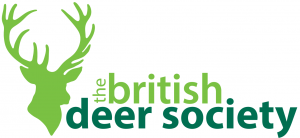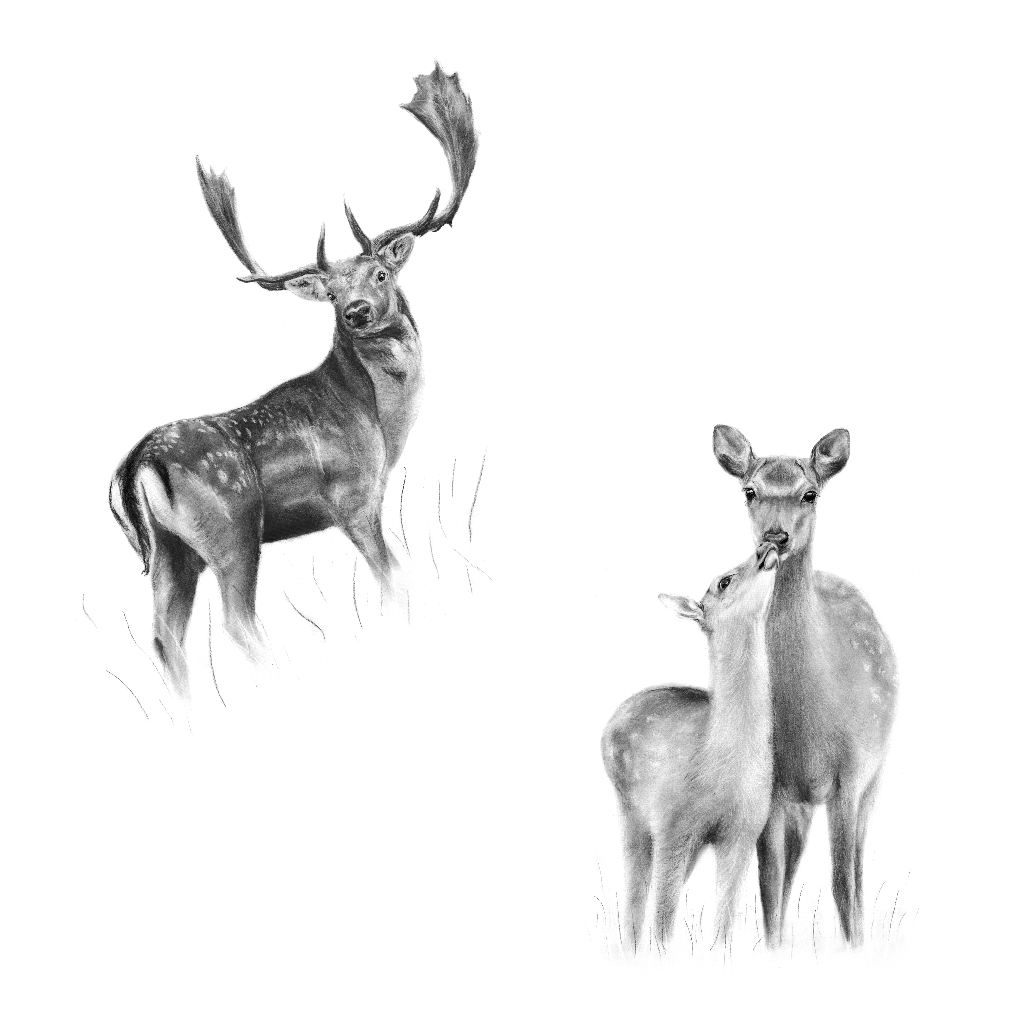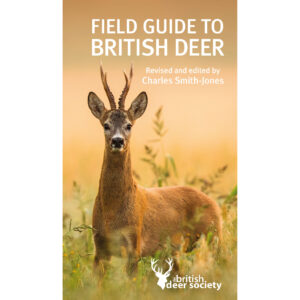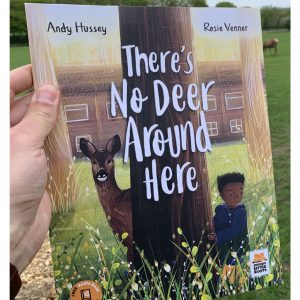Deer Management Beyond Borders
Share article:
Article by:
: David McAuley, CEO, British Deer Society
CEO Blog – 8th Feb 2023
Last week I had the privilege to travel to Northern Ireland to meet with The British Deer Society, Northern Ireland [NI] Branch, and a few N.I. and Irish deer organisations. Discussions were wide ranging with a focus on the work of the NI BDS Branch, as well as deer management and habitat impact work and assessments carried out across the whole island of Ireland. I was also updated on the extremely important work carried out with the Police Service of Northern Ireland (PSNI) on behalf of deer managers and gun owners. Following the visit, I believe there are various opportunities to expand our work and raise our profile across not just Northern Ireland, but across the whole island of Ireland.
Upon my return, I was interested to read that data released by the Irish National Parks and Wildlife Service (NPWS) show 55,008 wild deer were culled in the 12-month period up to February 2022. The cull sets a record for the number of wild deer culled, up by 24% from the previous record set in 2019. These figures do not include deer culled in Northern Ireland and I believe there is an opportunity for cross border deer mapping and cull figures to be gathered for the whole island and shared as data for both Ireland and UK as deer do not, of course, respect national borders. The NPWS findings and subsequent report also reinforced my belief that a UK-wide system of cull returns, as suggested in Defra’s recent English deer strategy consultation, would be beneficial to both policy makers and management practitioners.
The figures show the important role deer stalkers play in managing deer at sustainable levels to minimise impacts on farming, forestry, the wider ecosystem and the welfare of deer, shared both in Ireland and the United Kingdom of Great Britain and Northern Ireland [UK] deer data.
Why are more deer being culled?
There may be several factors that help to explain this. Firstly, in the Republic of Ireland, the number of hunters licensed to cull deer has grown significantly with 6,232 licenses issued in 2022, up 17% from the previous year. In both Ireland and the UK, the Covid-19 pandemic, combined with a worldwide crash in venison prices, poor forestry design for the management of deer, and a rapid expansion in afforestation, have all created conditions which have encouraged deer numbers to increase. I found it interesting that Great Britain and Northern Ireland have similar issues to the Republic of Ireland when it comes to deer management. Furthermore, the true population of wild deer in Ireland is unknown, as a population census has never taken place. In the UK we continue to use an estimated figure of 2,000,000 to justify deer culls, but like Ireland, this figure has never been proven.
About BDS:
The British Deer Society exists to promote the interests of the UK’s wild deer. While we know that the humane, sustainable population management of wild deer can be distasteful to some and might sometimes provoke strong reactions, we appreciate that there are occasions when it is necessary to manage numbers in the interests of the environment, businesses, people’s safety and of course, the deer themselves. Where this is the case, we expect that such management is carried out professionally, efficiently and humanely, which is why we consider it essential to provide appropriate training for those involved.
The management of wild deer has become an increasingly emotive topic in both the United Kingdom and Eire. The BDS, while supporting deer management best practice, considers it crucial that decisions are well founded and based on factual scientific evidence. We will continue to work with all bodies, public, private and governments to ensure humane, sustainable deer population management in balance with the environment, but reserve the right to speak out whenever poor management practices adversely affect the UK’s wild deer population.












